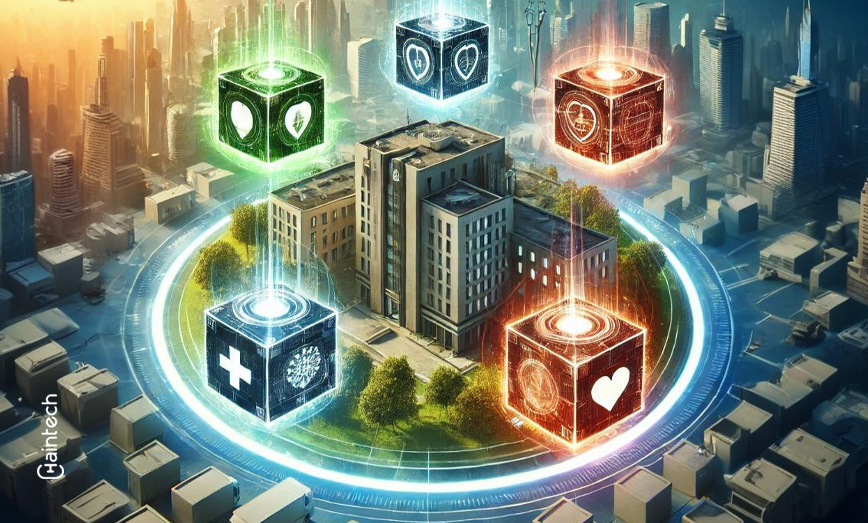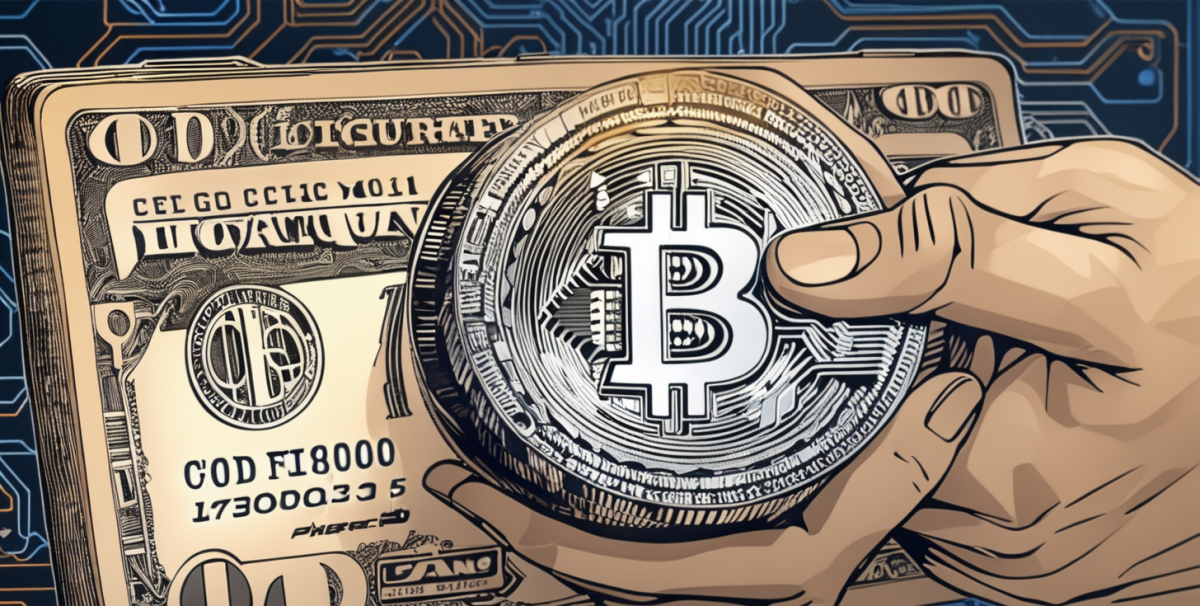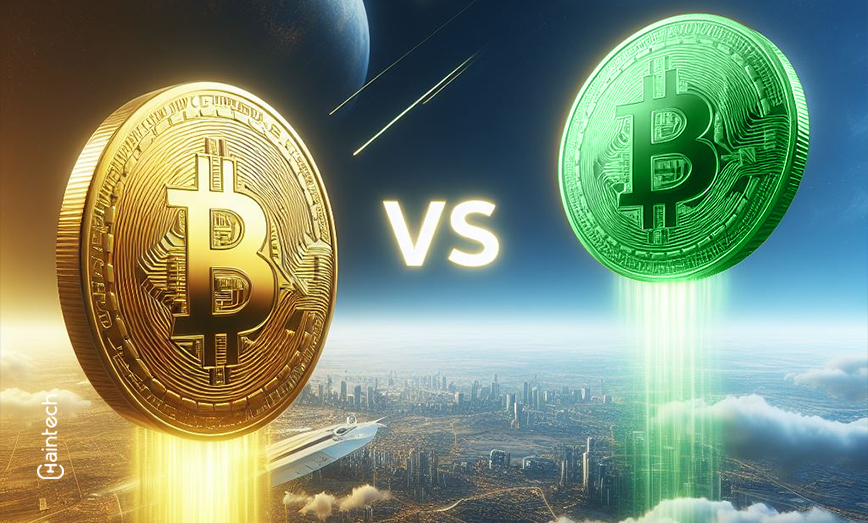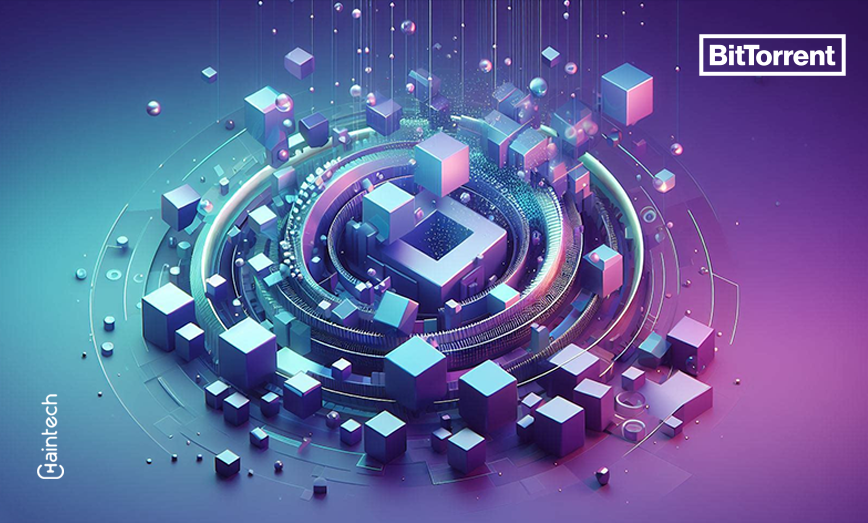Blockchain in Healthcare Projects Changing the Face of Health

The impact of blockchain technology in healthcare is transformative, as it helps protect the patients’ data, enables exchanging their records as well, provides unwavering access when it is needed the most, and even helps combat counterfeit drugs that plague the industry.
The technology originated within the depths of finance but is becoming a game changer in healthcare and is rightly deserved because the modern world and time need solutions for better protection of their patients’ medical data and quicker retrieval of those by physicians.
A new report investigates how blockchain can enable a change for the better in healthcare by overcoming certain issues. Whether it is enabling patients to control and protect their data or speeding up financial transactions, the versatility and aspect of trust offered by the blockchain are unmatched. This gradually increases the number of hospitals, insurers, and healthcare companies willing to incorporate it into their business.
Blockchain can improve security access to records and reduce fraud in the healthcare sector
- Blockchain protects patient data better than traditional systems.
- It allows faster access to records and medical history than others.
- It prevents fraud in drug supply and insurance claims.
Five projects in the field of blockchain technology have the potential to make positive changes in the healthcare sector.
What is blockchain in healthcare?
Healthcare blockchain is essentially expanding the horizons of patient information storage and enabling the ability to access this information for authorized or any other healthcare personnel by safely and securely introducing the use of distributed ledger technology to the world of medicine.
Instead of having a centralized structure where all information is stored, data is distributed in a large number of different places, thus rendering hacking or altering information to a certain extent unrealistic.
Blockchain protects sensitive data, such as pertinent medical records, while making them available to approved recipients, such as doctors and other professionals in the field. The pursuit of decentralization is gradually aiding in alleviating some of the enormities, dilemmas, threats, and barriers the healthcare sector is facing.
Better data security and patient privacy
Data privacy is critical in the healthcare sector. The confidence of patients regarding the safety of their personal information is vital and here is where blockchain comes in. It prevents the accumulation of information in a single location and distributes it across multiple sites, making it harder for intruders to access it. Even when one network section is compromised, the other sections remain secure.
Project example: MedRec
MedRec, an MIT project, focuses on securing patient data. With MedRec, patients have control over who views their medical records. They can permit doctors or providers without worrying about unauthorized access. MedRec uses “smart contracts” to make sure only approved users can see or update records.
For patients, this system offers a new level of trust and privacy. They know their data isn’t stored in one place but is spread securely across the blockchain.
MedRec shows how blockchain in healthcare protects patient information better than traditional storage.
Streamlined medical records and information sharing
Changing physicians or relocating to a new place can be panic-inducing, especially in regard to the arrangement of medical records. In most instances, they take a long time to make the transfers, and perhaps they do not have the full details. Blockchain solves this by allowing secure, instant access to patient records from anywhere.
Thanks to blockchain’s benefits, every participant in a patient’s care can access current information without waiting. This means that doctors, specialists, and patients can all have relevant information about their medical history and avoid making mistakes due to stale or incomplete data.
Table: Blockchain’s Benefits in Record Sharing
| Traditional System | Blockchain System |
| Data stored on one server | Data stored in many locations |
| High risk of data breaches | Secure and encrypted storage |
| Delayed access to updated records | Real-time data access |
| Limited control for patients | Patients manage data access |
| Manual record-keeping | Automatic, secure data tracking |
Example project: MedicalChain
MedicalChain is a blockchain platform to make medical records more accessible and secure. Patients can decide who sees their records, and every access gets recorded. For example, if a new specialist needs to view your history, you can grant access. MedicalChain then keeps a record of who accessed it and when.
It saves time and minimizes mistakes, in addition to helping patients manage their own health records better.
Combatting drug counterfeiting through traceability of drugs
Fake medicines are a major threat across countries. The existence of fake drugs is detrimental to both the patients and the health care system in general. With blockchain, it is possible to trace every part of a drug’s movement or transaction from the time it was made up to when it reached the pharmacy. This transparency ensures patients receive real, safe medicine.
With blockchain, every part of the supply chain can see a drug’s path. This tracking helps identify where each medicine has been and who handled it and also transparency makes it difficult for fake drugs to enter the market.
Example project: MediLedger
MediLedger is a project using blockchain to keep the drug supply chain transparent. It verifies the source of every medicine so patients and providers know they’re receiving authentic products. For instance, if a patient picks up medicine, they can scan a code that confirms the drug’s path from production to their hands. This creates trust in the quality and safety of medicines.
Thus, through MediLedger, counterfeit drugs are less likely to reach patients, strengthening the healthcare supply chain.
Did you know?
Blockchain can secure patient data by storing it across multiple locations, making it nearly impossible for hackers to access or alter sensitive information!
Clinical trialists’ examination and research
Clinical trials make the emergence of new drugs and treatments possible. However, they tend to attract criticism for being opaque. This is where blockchain technology comes in to help. It would eliminate forgery and make all clinical trial records public. When trials use blockchain, they create a permanent record of every piece of data, making results more trustworthy.
From the patient’s side, we can say that researchers are more reliant on patients because they are sure that researchers will not be able to distort or delete information. If any blockchain is in use for registering a trial, it can be presumed with confidence that the outcomes have not been doctored in any way.
Supplementing points on the blockchain’s advantages regarding the clinical trials:
- Prevents data manipulation: Researchers can’t alter data to fit their goals.
- Tracks changes: Any update gets recorded on the blockchain.
- Builds public trust: transparent data boosts confidence in results.
- Speeds up data sharing: Researchers can share verified data easily.
- Secures participant privacy: Blockchain keeps identities private.
- Promotes teamwork: Researchers collaborate securely.
Example Project: BurstIQ
BurstIQ focuses on safe data sharing in healthcare. This project secures clinical trial data, ensuring each detail is accurate and verified. Researchers can share results confidently, knowing every data point is protected by blockchain, so by improving transparency and accuracy, BurstIQ builds trust in clinical trial outcomes.
Streamlining healthcare payments and insurance claims
Managing healthcare payments and claims can be slow and frustrating. Blockchain speeds up these processes by allowing instant, transparent transactions. Patients and providers no longer have to deal with piles of paperwork or long wait times.
Using blockchain for payments reduces fraud and makes tracking easy. Blockchain records every payment, so there’s no need for third-party checks, which often slow things down. This streamlined approach means faster claims, lower costs, and clearer records.
Example Project: SolveCare
Solving the ‘it’s my health’ conundrum—enabling patients to always take back control of their health and treatment, improving their overall health. It is a platform that offers an awesome concept to enable patients, physicians, and insurance companies to interact without making the wait longer or having people do unnecessary work. For example, after a consultation with a physician, the system makes it easy to solve. Care to capture and communicate the payment in real time with an insurance company.
This system saves time and ensures accurate records, benefiting everyone involved.
Did you know?
That blockchain’s transparency helps prevent counterfeit drugs by tracking every step of the drug supply chain, ensuring patients receive only authentic medications?
Wrap-Up: Blockchain is changing healthcare for the better
The way healthcare is delivered and experienced is evolving; this is fueled by numerous blockchain and company-assisted healthcare challenges launched these last years. Submitted projects demonstrate the use of a scalable blockchain in protecting patient information and combating prescription fraud.
The adoption of the technology becomes more widespread, hence a generalization of diagnosis accuracy and provision of adequately effective treatment will be observed.
It’s easy to dismiss the impact blockchain will have on the healthcare industry as being simply overhyped. But the truth is it is a technology creating real value and improving the healthcare industry as it moves towards consistent decentralization integration. The likely roots of change will be emerging blockchain-based solutions, which are now developing rapidly.
FAQs
1. What are the applications of blockchain in healthcare?
Blockchain’s application in healthcare involves using unified, incorruptible, and also distributed technology to record and communicate medical information.
2. Why should patient data be stored on blockchain?
Patient data is never stored in one singular location, making it harder for hackers to obtain sensitive information, as encryption is also used to provide protection.
3. How can blockchain change the current barrier to drugs?
Blockchain tracks each step in the overall drug supply chain, allowing the quick identification and elimination of counterfeit medicines.
4. The methods of using blockchain technology in clinical research.
Clinical trial results are more reliable as all the data is recorded and cannot be edited.
5. Is blockchain used for insurance claims?
Yes, Blockchain simplifies insurance claims by recording transactions instantly, reducing paperwork and wait times.









